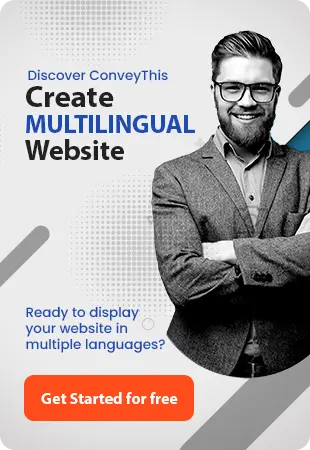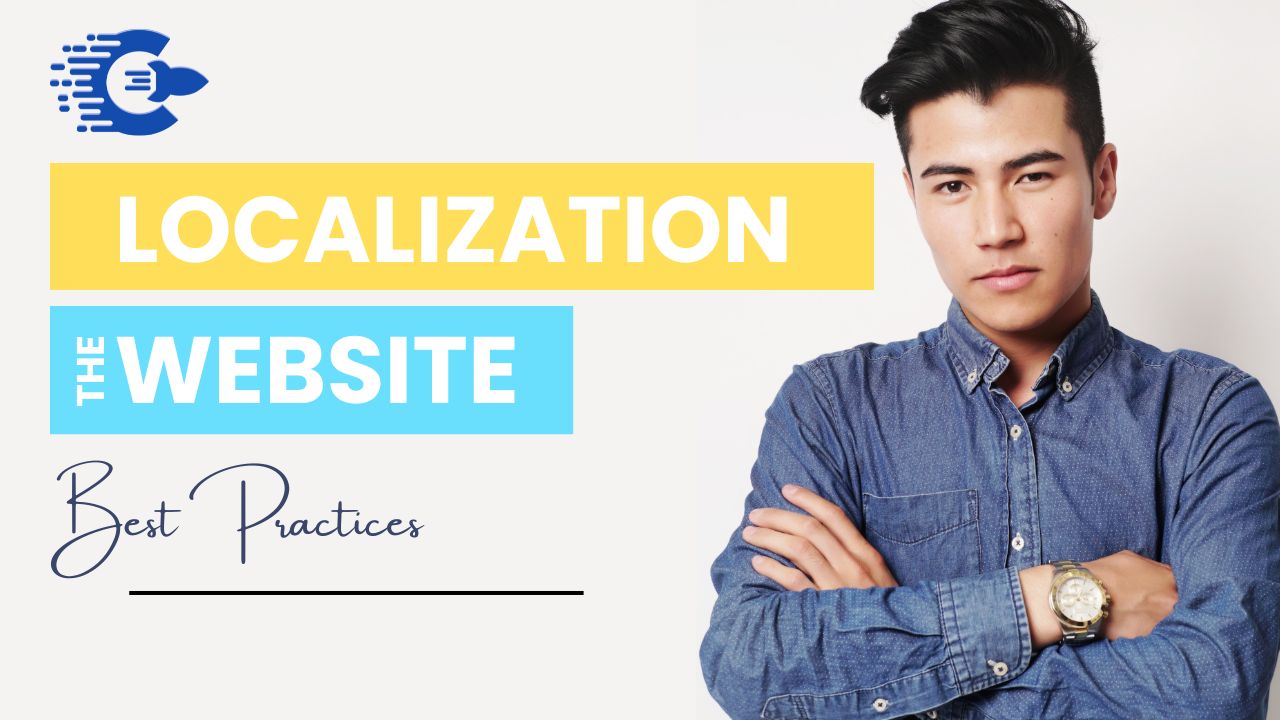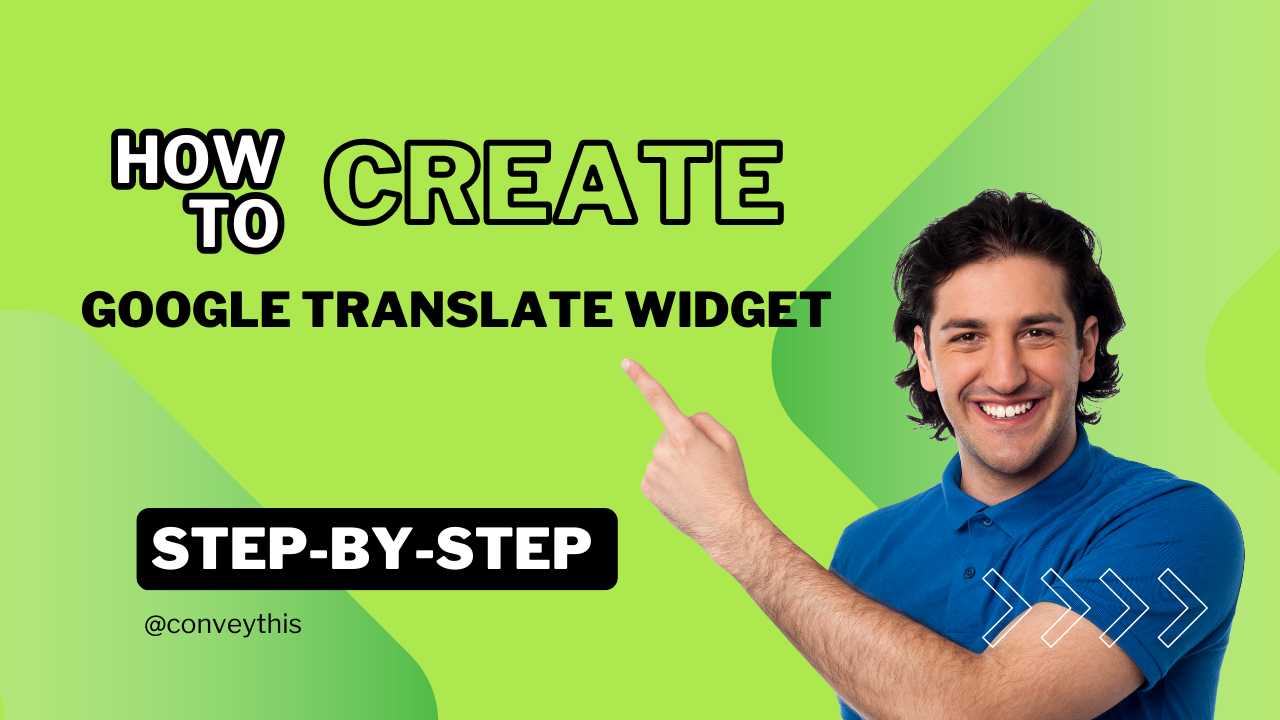Improving Weebly Website Engagement with Multilingual Content
A Simple Guide On Improving Weebly Website Engagement with Multilingual Content:
In today’s fast-paced digital world, getting a visitor to your website is just the first step. The true challenge lies in keeping them engaged once they land on your page. As highlighted in earlier discussions, driving traffic to your site is only part of the equation, but ensuring that visitors stay and interact with your content requires intentional strategies. According to research by Tony Haile from Chartbeat[5], the majority of visitors spend less than 15 seconds on a website. This means that grabbing their attention within this short window is crucial, as the human attention span has decreased from an average of 12 seconds to just 8 seconds, which is even less than a goldfish’s attention span.
To effectively combat this, you need to focus on strategies that foster engagement right from the moment your visitor lands on your page. This article will discuss four powerful ways to boost your Weebly website engagement with multilingual content, so you can retain more visitors, build trust, and keep them coming back for more.
Create Superb Site Designs:
It is often said that “first impressions last longer,” and this adage holds particularly true when it comes to websites. A visitor’s first encounter with your site is crucial, as it shapes their perception of your brand and influences whether they stay or leave. The moment a visitor lands on your website, they begin evaluating its quality, and within a few seconds, their decision is made. A professional and visually appealing website design is not just a matter of aesthetics; it’s an essential element in holding visitors’ attention and guiding them through your content. With the ever-decreasing attention span of internet users, having an engaging and well-crafted site becomes even more significant.
The reason for this is simple: as online content grows exponentially, people are bombarded with more information than ever before. Visitors to your site are likely to skim through a vast number of pages in a single session, and if your design isn’t compelling or doesn’t meet their expectations, they’re likely to leave before engaging with your content. As attention spans shrink—studies show that humans now focus for an average of just 8 seconds—you have a very limited window to make an impact. Therefore, it’s essential that your website’s design is both attractive and functional, ensuring that visitors can easily navigate and find what they’re looking for without feeling overwhelmed or frustrated.
So, how do you create a high-quality website design that attracts and retains users? Here are several practical tips to help you design a visually appealing, user-friendly site:
- Nice Use of Decorative Colors:
When choosing colors for your website, opt for a limited palette—ideally, 2 to 3 primary colors. Keeping your color scheme simple and consistent prevents the design from feeling too chaotic or visually overstimulating. A cohesive color palette helps reinforce your branding and gives your site a polished, professional look. For example, you might use a bold accent color for calls to action (like buttons), while keeping the background and text colors neutral to ensure readability.
- Ensure Readability with Clear Texts:
Text is the backbone of most websites, so it’s important that your content is easy to read. Choose fonts that are clean and legible, and make sure they stand out against the background. For instance, if your website has a white background, dark gray or black text works well for maximum contrast. Also, ensure that the font size is large enough for easy reading on all devices, from desktops to mobile phones. Avoid using small fonts or light-colored text on light backgrounds, as this can make reading challenging for visitors.
- Use High-Quality Pictures and Images:
Images play a significant role in enhancing the visual appeal of your site and making it look professional. Low-quality, blurry, or pixelated images can turn potential customers away, as they create an impression of unprofessionalism. Always opt for high-quality images that align with your brand and message. If you’re on a budget, don’t worry—you can still find stunning images online that are either free or cost-effective.
- Source Free Images and Pictures:
If hiring a photographer or graphic designer is beyond your budget, there are numerous free resources available that provide high-quality images. Websites like Unsplash, Pexels, and Pixabay offer a wide variety of images for commercial use, often at no cost. Many of these sites also provide images in a range of categories, from lifestyle to business to nature, making it easy to find the perfect image for your site. Just remember to give credit where it’s due, especially when using images from free platforms.
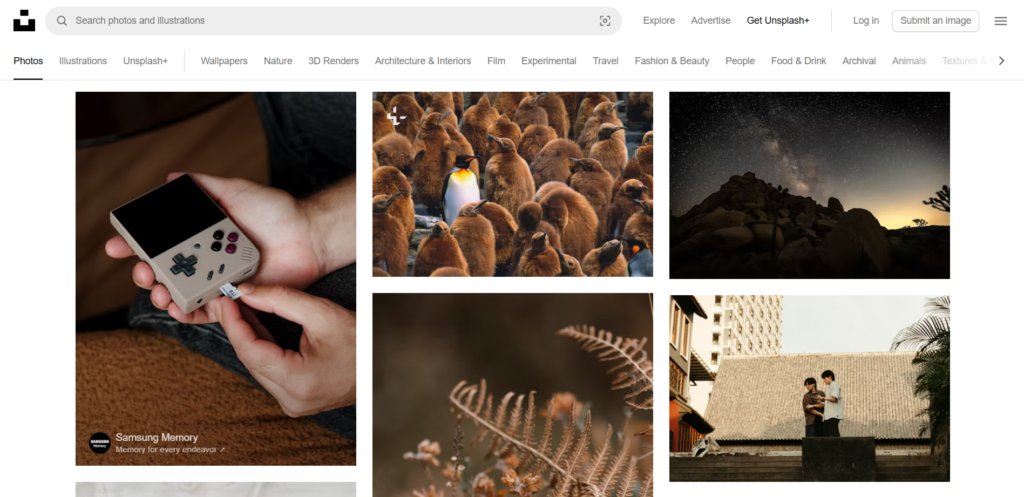
- Ensure Simplicity:
One of the most effective design principles is simplicity. Your website should be easy to navigate, with intuitive layouts and minimal distractions. A cluttered, busy website with too many elements competing for attention can overwhelm visitors, driving them away. Use white space (or negative space) generously to allow content to breathe and make your design feel open and inviting. Clean layouts are not only aesthetically pleasing but also improve the user experience by guiding visitors’ attention to the most important elements on the page.
- Remove Clutter:
To keep your website engaging and easy to navigate, avoid cluttering your pages with too much content or too many design elements. Too many images, text blocks, and buttons can distract visitors and make it difficult for them to focus on the primary message you want to convey. Instead, focus on keeping the design clean, organized, and well-structured. Make it easy for users to find the information they need by clearly defining sections, headings, and calls to action.
Create High-Quality And Highly Valued Contents:
One of the key pillars of a successful website or blog is its content. Content not only communicates your brand message but also serves as a vital tool for engaging visitors and building trust. If you’re thinking about starting a blog or enhancing the content of your existing site, it’s essential to ensure that the material you present is not only informative but also valuable, relevant, and actionable. The content should spark interest and prompt visitors to take action—whether that means signing up for a newsletter, making a purchase, or sharing the article with others.
When planning and creating content, it’s important to focus on providing solutions to your audience’s problems. Content that is well-crafted, informative, and highly relevant to your target audience can result in increased website traffic, higher engagement, and even better conversion rates. Below are some strategies to help you create high-quality content that provides exceptional value:
- Show Practical Steps on How to Do Things
When visitors come to your website, they are often looking for solutions to specific problems. Rather than overwhelming them with unnecessary background information or abstract concepts, focus on providing actionable steps they can take to solve their issues. The goal is to offer content that is both informative and immediately useful. For example, if your audience is interested in building an engaging website, avoid dwelling on generic advice like “A good website is important.” Instead, provide practical, step-by-step guidance on how they can actually create a website that drives engagement.
- Study and Understand Your Target Market
Understanding your audience is essential to producing content that resonates with them. Spend time researching your target market: what challenges do they face? What are their pain points, and what information or solutions do they need most? You can gather this information by engaging with your audience directly (through surveys or feedback forms), analyzing your competitors, and reading comments on social media or forums related to your niche.
- Focus on Relevance
To maximize the impact of your content, ensure it’s always relevant to your audience. This involves staying updated on the latest trends in your industry and tailoring your content to reflect current issues, events, or developments that your target audience cares about. Relevance can also mean writing about seasonal topics or addressing emerging problems that your readers might face.
For example, if you’re running a blog about digital marketing, you might write posts on new social media algorithms, the latest SEO strategies, or how to create effective ad campaigns during a specific holiday season. Timely and relevant content not only helps attract new readers but also establishes your authority in your field.
- Engage Your Audience Through Interactive Content
One of the best ways to make your content more valuable is by including interactive elements. These could be quizzes, surveys, polls, or even calculators that help visitors apply the information they’ve learned from your posts. For instance, a blog post about budgeting could include a budgeting calculator that allows users to input their income and expenses to get customized results. This interactive approach makes the content more engaging and gives your audience a practical tool they can use in real-time.
- Update Your Content Regularly
Creating high-quality content is an ongoing process. As time goes on, some information may become outdated, and new trends or best practices may emerge. To keep your content relevant and valuable, make a habit of reviewing and updating older posts. This ensures that your website remains a reliable source of up-to-date information and shows your audience that you are committed to providing accurate and timely content.
Add Animation, Graphics and Videos:
In today’s fast-paced digital landscape, captivating visuals such as animations, graphics, and videos are crucial for engaging your audience. According to a study, around 44.1% of viewers tend to stop watching an online video after just one minute. This highlights a critical point for creators: if you’re using video content on your website or marketing materials, it needs to be brief, engaging, and to the point. The key takeaway is that any video should avoid dragging on and must immediately grab and hold the viewer’s attention.
But how can you make sure your videos and animations are engaging, high-quality, and effective in communicating your message? Below are some practical tips and guidelines to help you create compelling visual content:
- Define the Purpose of the Video
Understanding the goal of your video will help shape its content. Are you creating an instructional video, offering a persuasive argument, or encouraging a call to action? Tailor the style, tone, and structure of your video according to the intended outcome. For example, an instructional video may require more detailed steps and clear demonstrations, while a persuasive video might lean more heavily on emotional appeal and concise messaging. Knowing your aim will allow you to structure your video in the most effective way possible.
- Use the Right Equipment
While professional camera gear can be expensive, it’s possible to create a high-quality video with relatively low-cost equipment. Shop around to find cost-effective cameras that suit your needs and budget. Look for cameras with high resolution and good sound quality. Don’t forget about the importance of additional hardware such as a microphone for clear audio and a tripod to keep the camera steady. Even if you’re working with a tight budget, you can still make use of equipment that enhances the production value of your video. There are plenty of affordable options available for creating clear, professional-looking videos. You can also check out online guides to find the best equipment suited to your needs.
- Budget-Friendly Video Creation
If you’re working with a limited budget, don’t worry—there are still plenty of options to create high-quality videos. Modern smartphones are equipped with cameras that can shoot HD videos, making them a perfect starting point for budget-conscious individuals and organizations. Additionally, there are many free or inexpensive video editing tools available online that can help you edit and polish your videos without breaking the bank. Explore video editing software options like DaVinci Resolve, HitFilm Express, or mobile apps like InShot or Kinemaster, which allow you to edit your content professionally with minimal cost. For those on a shoestring budget, using these tools combined with a smartphone can still produce impressive results.
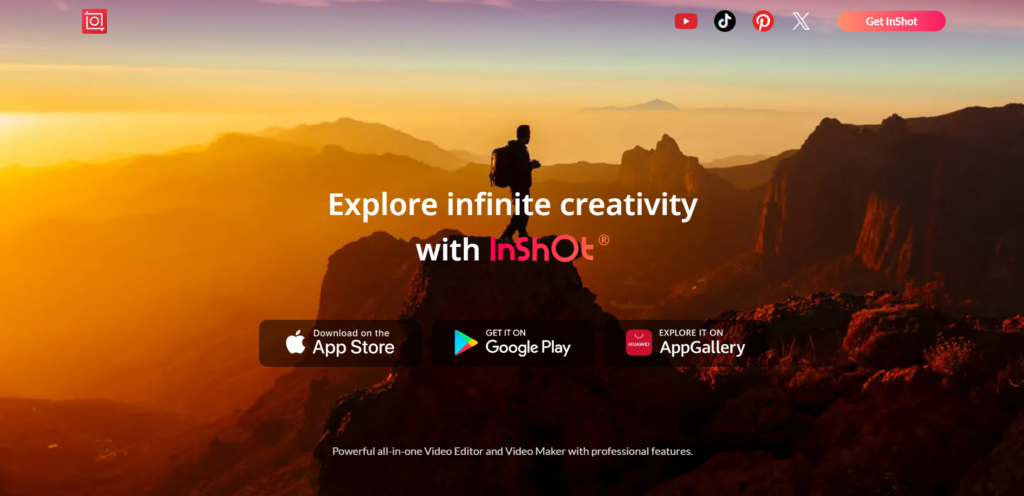
- Consider Animation for Added Visual Appeal
If your brand could benefit from animated videos, consider utilizing platforms like Envato and PowToon. These platforms provide access to a wide variety of video templates that are pre-designed with animations, which can save you time and effort. With over 2,200 video templates tagged with animation, Envato offers ready-to-use options that require little to no editing. Whether you want to showcase a product or tell a brand story, animation can help bring your message to life in a dynamic and engaging way.
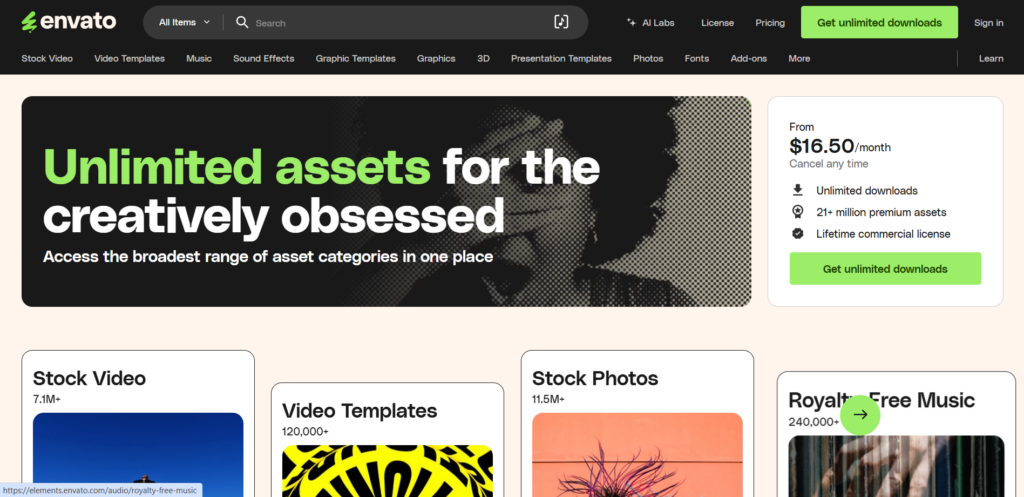
If you’re feeling more creative, you can use animation creation platforms like Envato and PowToon to build your own custom animations. These platforms are user-friendly and offer templates that allow you to easily customize content without needing advanced design skills. They also provide access to resources like instructional videos and guides that can teach you how to get the most out of your animations, making it easier for beginners to get started.
- Free Animation Tools
For those who want to explore animation but are concerned about the costs, many free online animation creators are available. Websites like Animaker and Renderforest offer free versions of their tools that allow users to create simple animations and videos. These platforms often come with easy-to-use drag-and-drop interfaces, making it accessible for people without prior animation experience. You can create videos for social media, presentations, marketing campaigns, or educational content.
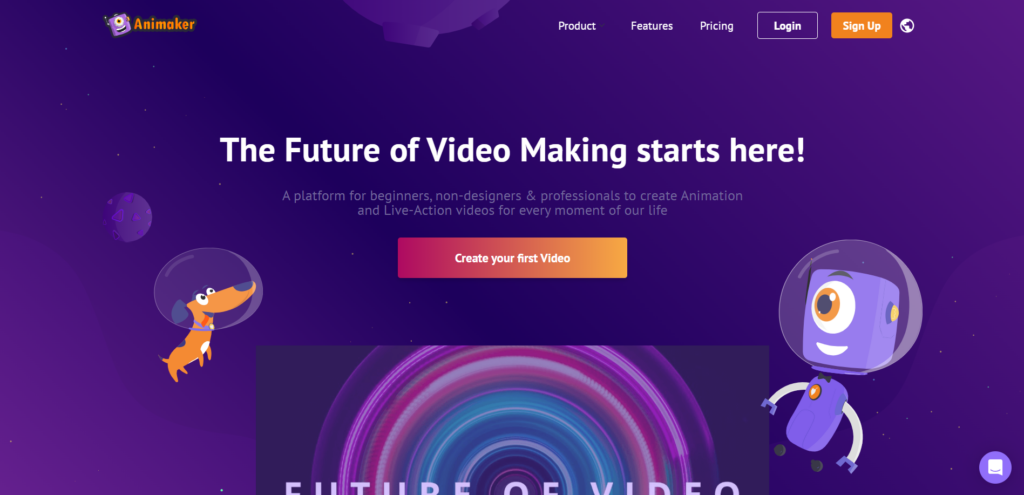
Many of these platforms also have free plans that allow you to start creating without any initial investment. As you become more skilled, you can upgrade to paid plans for additional features like higher video resolution, custom branding, or additional templates.
- Focus on Quality over Quantity
When creating videos and animations, remember that quality should always take precedence over quantity. It’s better to produce a few high-quality, engaging videos that resonate with your audience rather than posting numerous mediocre videos that fail to capture attention. Even with limited resources, it’s possible to create professional-grade content that stands out, so always aim for polished, well-executed visuals. Keep your videos succinct and focus on creating content that delivers real value to your audience.
- Optimize for User Experience
Animations and videos should enhance the user experience, not detract from it. Avoid overloading your website or content with too many animations or videos, as this can slow down loading times and create a cluttered interface. Instead, incorporate them strategically—whether on landing pages, blog posts, or product pages—to highlight key messages and engage visitors. Ensure that videos are optimized for quick loading, especially on mobile devices, as slow loading times can cause viewers to lose interest and leave your site.
Make sure your website is multilingual:
Imagine a potential customer visiting your website, eager to learn more about your products or services, but leaving almost immediately because they couldn’t understand the content due to a language barrier. In a world where people increasingly rely on the internet for information, this scenario is more common than you might think. The importance of offering content in multiple languages has never been clearer.
Why Multilingual Websites Matter:
Recent studies have shown that language plays a crucial role in online user engagement. Consider the following statistics:
- 74.1% of internet users do not browse the internet in English, which means that by only offering content in English, you could be missing out on a huge portion of potential users worldwide.
- Over 72% of internet users prefer spending their time on websites that offer content in their native languages, emphasizing the demand for localized content.
- 56% of users would rather browse a website in their own language, even if it means paying more or encountering a higher price point.
- Around 46% of internet users say they would not purchase a product if the information about it is not available in their own language.
These statistics make it clear that the need for multilingual websites is not just a luxury—it’s a necessity if you want to reach a broader audience, reduce bounce rates, and drive higher engagement.
The Growing Demand for Translation:
In the past, creating a multilingual website often meant investing in expensive translation services or dedicating significant time to manually translating each piece of content. But with advancements in technology, this process has become far more accessible, cost-effective, and straightforward.
Today, there are platforms like ConveyThis, which simplify the translation process and offer professional, high-quality translations at a fraction of the cost of traditional methods. Whether you’re a small business or a large enterprise, you can now easily expand your reach and cater to international audiences without the complexity that once defined website localization.
How ConveyThis Makes Translation Easy:
1. Choose Your Translation Method: With ConveyThis, you have three options to translate your website:
- Machine translation: Fast and automated translation powered by advanced AI technology.
- Human professional translation: Get the most accurate translations performed by experts in the field.
- Manual translation: You can handle the translation yourself or hire a translator of your choice.
2. Content Manual Editor: ConveyThis provides an easy-to-use content editor that allows you to manually adjust or edit any translations, ensuring that every piece of content perfectly matches your brand voice and target audience.
3. Easy Integration: You don’t need any prior coding experience to get started with ConveyThis. Simply copy and paste the unique code provided by the platform into the header of your website. The integration is quick, seamless, and doesn’t require any technical skills.
4. Flexibility in Publishing: With ConveyThis, you have full control over what gets published. If you’re not ready to release a translation in a certain language, you can easily opt not to publish it—no coding or technical knowledge required.
5. Weebly App: If you use Weebly for your website, you can integrate ConveyThis directly into your site using their user-friendly app. This integration allows you to add multilingual capabilities with ease, providing your site visitors with a seamless browsing experience in their preferred language.
Conclusion:
In today’s fast-paced digital world, where competition for user attention is at an all-time high, engagement is paramount. Visitors’ attention spans are shorter, and with an overwhelming amount of content readily available online, it’s more challenging than ever to capture and maintain their interest. As a business owner or website manager, you must employ strategies that stand out from the noise and keep your users coming back for more.
Creating a website that offers a professional design with an intuitive user interface sets the stage for a positive first impression. A well-designed site that is visually appealing and easy to navigate will capture the attention of visitors right away. But, design alone isn’t enough. High-quality content that is relevant, actionable, and provides value to your audience is key to turning one-time visitors into loyal users. Content that addresses the specific pain points of your audience, combined with clear and practical solutions, will encourage longer visits and higher engagement.
A crucial aspect often overlooked is the multilingual capability of your website. With the internet becoming increasingly global, it’s essential to cater to a diverse audience. Translating your website into multiple languages allows you to reach users in different regions, helping you break down language barriers and expand your customer base. Statistics reveal that users are more likely to engage with content in their native language, and the likelihood of making a purchase increases when product information is presented in a familiar tongue. Tools like ConveyThis make it easier than ever to integrate multiple languages into your Weebly website without the need for advanced coding skills or a significant financial investment.
By focusing on quality, accessibility, and usability, you are not only attracting visitors to your site but ensuring they remain engaged and return for future interactions. With a multilingual website, a professional design, and a content strategy that resonates with your audience, your Weebly site will become more than just a digital presence—it will evolve into a powerful tool for building lasting connections with users around the world.
Additional Resources:
- ConveyThis Integrations – To explore compatibility with Weebly.
- How to Translate Weebly – For more guidance.
- Help Guide for Translating Weebly Websites – For step-by-step support.
- ConveyThis Weebly Plugin – For making your Weebly website multilingual.
- Research by Tony Haile from Chartbeat – Learn additional information on website engagement.
Translation, far more than just knowing languages, is a complex process.
By following our tips and using ConveyThis , your translated pages will resonate with your audience, feeling native to the target language.
While it demands effort, the result is rewarding. If you’re translating a website, ConveyThis can save you hours with automated machine translation.
Try ConveyThis free for 3 days!
 No card details
No card details
